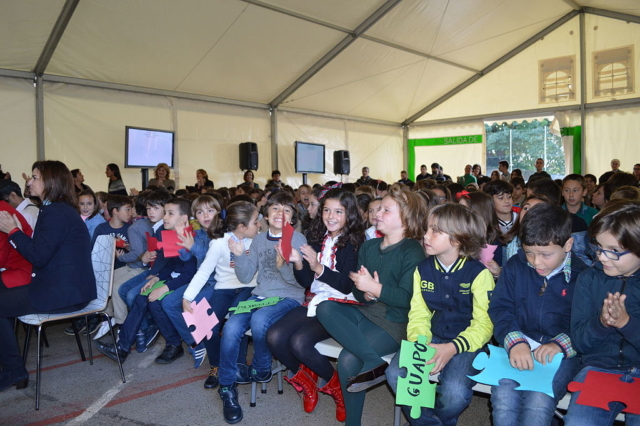8 Facts About Education in Spain
 The Spanish education system does not match up to the standards of the rest of Europe or other developed nations. However, the government is doing its best to put measures in place aimed at improving these standards. Below are eight facts about education in Spain:
The Spanish education system does not match up to the standards of the rest of Europe or other developed nations. However, the government is doing its best to put measures in place aimed at improving these standards. Below are eight facts about education in Spain:
8 Facts About Education in Spain
- The current system of education in Spain, also known as the Ley Orgánica de Educación (LOE), or the Fundamental Law of Education, means that education is free and compulsory between the ages of 6 and 16. This system also typically requires parents to pay for books and other materials such as uniforms.
- It is estimated that as of 2016, 98.3 percent of the population in Spain is literate. This is largely attributable to the 10 years of compulsory education.
- The Ministry of Education, Culture and Sport generally oversees education in Spain. However, each of the 17 autonomous regions in the country can make most of the decisions regarding their systems.
- Schools are categorized in three ways, there are state schools that are fully funded by the state, privately-run schools which are funded partly by the state and partly by private investors and purely private schools. A majority of Spanish students, 68 percent to be exact, attend state schools. This compares to only 6 percent of students who attend purely private schools.
- There are four levels of education in Spain. The first is a nursery or preschool, which is optional. Next comes six years of primary, which is the first stage of compulsory education, followed by compulsory secondary education for four years. Finally, there is an optional level of upper secondary education. At the primary level, the average number of students per class is around 25. While in secondary, the average number of students per class is around 30.
- A 2019 study by the Organisation for Economic Co-operation and Development (OECD) shows that Spain experiences more class time than both the European Union and OECD averages. The difference is more pronounced in high school, where Spain’s class time per year is 1,045 hours. This compares to the EU average of 893 hours, while the OECD average consists of 910 hours. This doesn’t seem to have any positive outcome, considering Spanish students perform worse on average than other students regarding the Program for International Student Assessment (PISA) test. PISA experts believe the problem lies in the teaching methods, as Spanish students tend to memorize information instead of trying to find their own solution to problems.
- From pre-primary to secondary education, the enrollment rate was above 90 percent at each level in 2017. However, for tertiary education, the enrollment rate falls to 88.85 percent during the same period. Again, this is attributable to the fact that tertiary education is neither compulsory nor free. Interestingly, more girls than boys enrolled at each stage of education. This includes a marked difference at the tertiary level where the enrolment rate for females is 97 percent compared to 81 percent for males. However, Spain also faces the greatest number of school dropouts in the EU.
- The government expenditure on education has steadily declined since 2009, including spending of 4.87 percent of the GDP on education, compared to 4.21 percent in 2016. This puts makes Spain on the tail-end of European countries when it comes to governmental education spending
While there are positives surrounding education in Spain, the situation requires additional efforts. With increased investment by the government and improved policies, schools will be able to afford more resources, hire more teachers and reduce the ratio of students to teachers. In doing so, students can receive more personalized attention and a better academic experience. Further, this will improve the quality of education and possibly reduce the time spent by students in the class. Finally, these enhancements will likely decrease the unemployment rate and greatly improve the quality of life in Spain.
– Sophia Wanyonyi
Photo: Wikimedia Commons
